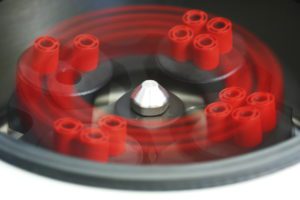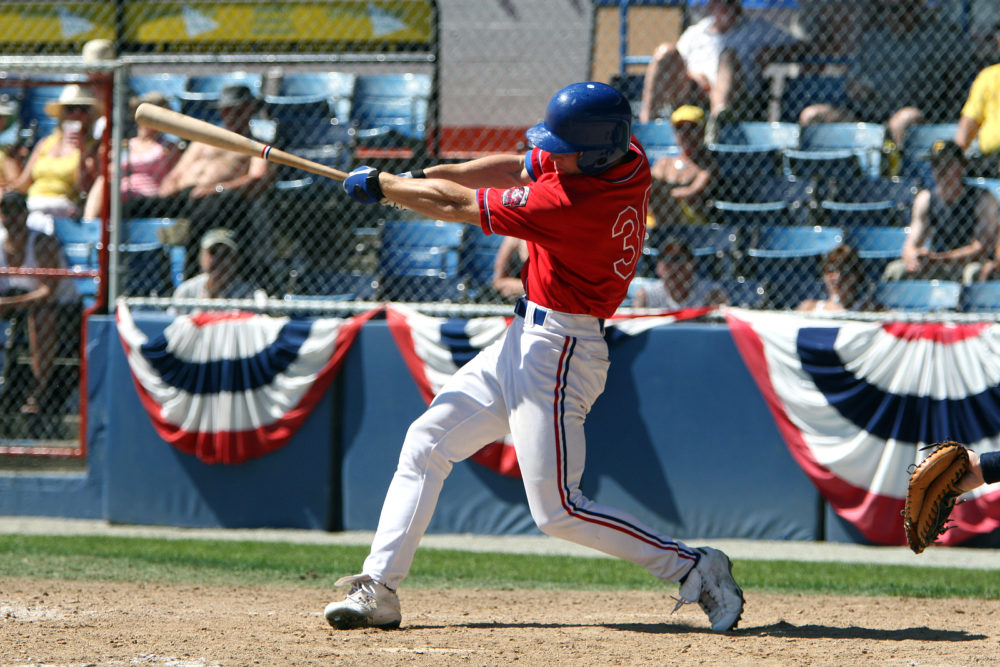The doctors and trainers of baseball players, especially those who are paid large salaries to be on the field every day, discovered a treatment about 10 years ago which speeds up the healing process. It is called platelet rich plasma (PRP) therapy, and it has been used for the rehab of many professional athletes, including NBA star Kobe Bryant, PGA golfer Tiger Woods and MLB player Alex Rodriguez.
This therapy has also become popular for those “weekend warrior” athletes who might overdo the activity and end up with ligament tears, muscle strains, sprains and even joint injuries. PRP has also been shown to help accelerate the healing of non-athletic injuries and minor surgical procedures.
PRP is plasma, the part of our blood left when we take the red cells out, that is highly concentrated with platelets. Platelets have amazing attributes that, when activated, enhance the tissue-healing process. Growth factors and stem cells are the key regenerative aspects found in platelets, as are many other elements that can reduce inflammation and speed healing.
When you take this plasma and remove the red blood cells, what you have is an amazing serum which can do incredible things for the healing process.
For one injection of PRP, you need about 60cc of blood, or about 2 fluid ounces, to “spin down” the blood to get the platelets necessary to do the work. That equals about 12 teaspoons of blood.

PRP has been around for a long time, but it has really gotten a lot more attention in the last decade. Over the past several years, what we’re finding is that it’s not that the PRP works in some people and doesn’t work in others, but rather it’s all about how it’s concentrated. Many medical studies support what we have found; there is a difference in the potency of PRP based on the manner in which the serum is concentrated.
At one time, it was thought that one could simply remove the red cells and what was left was platelet rich plasma, however that is not the entire picture. The key is spinning down the plasma twice in specialized machines that have been created to concentrate the highest number of platelets in the plasma. Our approach is to draw the blood from the patient and spin it down in a specialized centrifuge, which initially separates the red blood cells from the plasma. From that, we draw off the red cells and what we have left is a golden-colored substance, the plasma. The plasma is then spun down again, which further separates the platelets and the white blood cells from the plasma. What is left is about 7 ml, or 1½ teaspoons, of the platelet rich plasma, and that is where the “gold” is! If you don’t have the technology to concentrate the platelets in this manner, you may not get much of an effect.
Some orthopedic practitioners will inject it directly into the damaged joint, which stimulates cartilage and joint healing. With injured muscles and tissues, the PRP is injected around the area of the injury. The PRP then “goes” where it needs to go. It’s going to be attracted to the damaged area of tissue; all of that amazing stuff that’s in that plasma pretty much goes to work where it needs to go to work!
We perform a procedure called “pain-free” PRP, which is more for injured muscles or tendons, tendonitis and any kind of inflammation. We are more interested in the “weekend warriors” who may have over exerted themselves, because those injuries respond quickly to PRP therapy.
“Platelets have amazing attributes that, when activated, enhance the tissue-healing process”
This therapy has a very wide range of efficacy. What is it about PRP that enables it to help with everything from hair and skin restoration to erectile dysfunction and torn muscles?
Injured tissue heals with nutrients, not drugs. Platelet rich plasma is full of nutrients that affect inflammation, stimulate growth factors and stem cells. Moreover, it is not necessary for tissue to be injured, as PRP can regenerate any tissue affected by the aging process.
Skin wrinkling and discoloration, male or female sexual dysfunction, or anything related to the aging process can be positively impacted by platelet rich plasma. We just need to put PRP in the area that is showing the effects of injury or aging, and it just goes to work, doing what it needs to do. It’s fascinating.

Composition of whole blood. blood plasma and formed elements in test tube. Hematocrit. Red blood cells (erythrocytes), white cells (lymphocyte) and platelets (thrombocytes)
Since this is the person’s own blood, there is very little chance for side-effects or issues with the procedure. There is no risk of disease being transmitted and no risk of allergic reactions.
As for the PRP itself, there is almost no risk. The biggest “risk” comes from the human who is preparing the PRP. You want to make sure that whoever is doing your PRP knows what they are doing – they know how to extract the blood and how to spin it down properly. Sterile techniques are of great importance, especially if you are injecting into joint spaces. If the provider is not paying attention to these types of things, infection could be a risk. While these minute risks exist, the amazing benefits of PRP therapy cannot be discounted.
I should know. I had a recent surgical procedure where I asked the physician to use PRP.
What happened?
A couple of years ago, I injured my toe joint, and after being in pain for about a year, I decided to get something done about it. I asked the surgeon if she would use my PRP in the joint during surgery. She was familiar with PRP and had used it in some of her patients, so she agreed to use it.
While she had the operation site open, she bathed in and around the joint with my PRP before she sutured up the incision. What’s amazing to me is the fact that PRP is nerve regenerative, and this really helps with pain. I did not need any of my pain medication after that surgery. Oh, I overdid it a couple of times and got a little swelling, but I just took an over-the-counter pain medicine and was fine.
Recently, I saw the surgeon, and she was amazed at how everything has been healing. From professional athletes and “weekend warriors” to fellow medical practitioners, platelet rich plasma therapy has potentially positive outcomes for all who utilize it.
If you have a patient that you believe could benefit from PRP, please call Jordan Henderson, Director of Clinical Operations, at 817.328.8376. If you or a family member is interested in learning more about PRP, please call Jordan Henderson, Director of Clinical Operations, at 817.328.8376.
For more information visit www.hormonalhealthandwellness.com.







Recent Comments